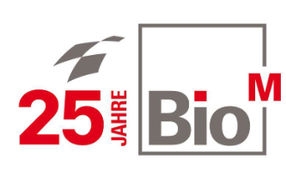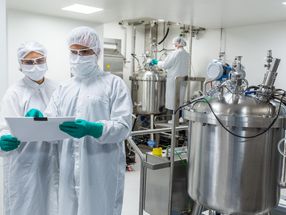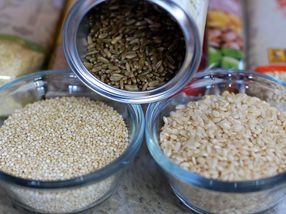Germs in the kitchen
Tips on food hygiene
Advertisement
Consumers often underestimate health risks emanating from pathogenic germs found in their own kitchen. "food can be contaminated with bacteria, viruses or parasites. This can happen as a result of incorrect storage and preparation in private households", explains Professor Dr. Dr. Andreas Hensel, President of the Federal Institute for Risk Assessment (BfR). Every year, approximately 100,000 cases of illness are reported which may be food-borne. These notably include infections with Campylobacter, salmonella and norovirus. In most cases, such infections produce symptoms such as stomach cramps, diarrhoea or vomiting and heal spontaneously. However, food poisoning can be very serious in persons whose immune system is weakened or not fully developed yet. Against this background, the BfR has updated its leaflet "Cons umer Tips: Protection against Food-borne Infections in Private Households". The leaflet summarises recommendations on food and kitchen hygiene.
Although gastrointestinal infections often heal spontaneously, they can be severe in especially sensitive persons. These groups of persons include small children, pregnant women, the elderly and persons with a weakened immune system. In order to avoid such food-borne infections, consumers should adhere to the rules of hygiene when storing and preparing foods.
The goal is to avoid contamination of food with pathogens in one's own kitchen as well. Since that is not always entirely possible, measures should additionally be taken to limit multiplication of germs or to prevent their survival: most pathogens are killed when food is sufficiently, i.e. to a temperature of at least 70 °C for two minutes or more heated, as part of its preparation or reheating. This temperature should also be reached on the inside of the food. In addition, multiplication of microorganisms in food can be reduced, if the food is refrigerated.
Pathogens can be transferred to food from people, pets or parasites. Raw foods constitute another important transmission. From such foods, germs can be transferred to other foods either directly or via the hands, kitchen utensils or work surfaces. This is referred to as "cross-contamination" of food. An infection risk is notably posed when food is eaten raw or when it is not sufficiently heated before consumption.
The leaflet "Protection against Food-borne Infections in Private Households" summarises consumer tips on the following aspects of food and kitchen hygiene:
- Avoiding contamination of foods with germs ("cross-contamination")
- Transport, storage and preparation of food
- Personal hygiene
- Cleaning of work surfaces in the kitchen as well as dishes and cutlery
Other news from the department politics & laws
Most read news
More news from our other portals
Last viewed contents
© 1997-2025 LUMITOS AG, All rights reserved
























































